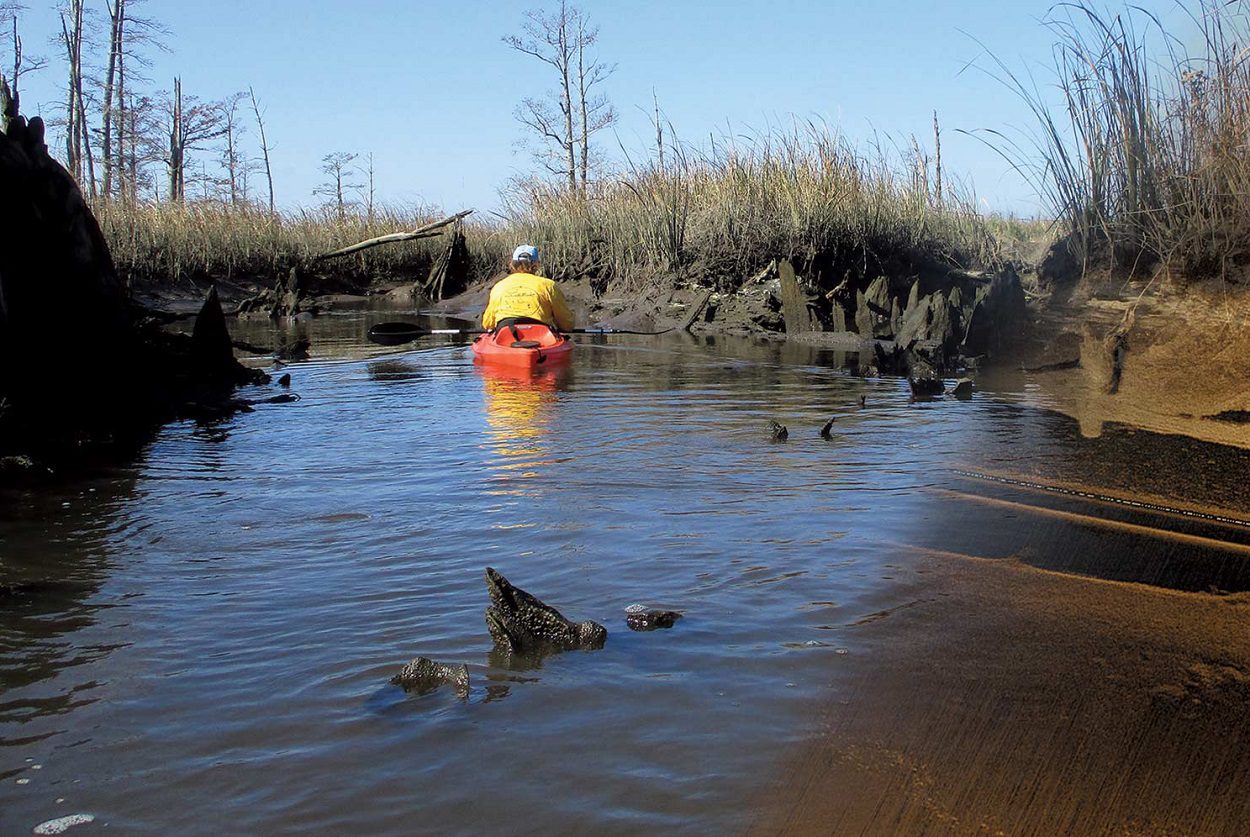Researchers from the University of North Carolina Wilmington (UNCW) are using side-scan sonar and positioning systems to find evidence of rice cultivation and slavery beneath the depths of North Carolina’s lower Cape Fear and Brunswick rivers.
The region was an agricultural centre worked by enslaved West Africans, whose isolation resulted in a distinct language, religion, and lifestyle traits that emerged to create the Gullah Geechee culture.
“While the rice was the cash crop of the coastal Southeast, along with Sea Island cotton and indigo, Gullah Geechee ancestors provided both the brain trust and physical labour needed to change the landscapes into spaces that created commercial yields of the crop,” said Sean Palmer, director of UNCW’s Upperman African American Cultural Centre and a board member of the Gullah Geechee Cultural Heritage Corridor Commission.
“The children of West Africa, who came to be known as Gullah Geechee, were agricultural engineers who, like the rice, were harvested for their vast knowledge,” added Palmer.
The UNCW team conducted a study of the riverbanks along the northern end of Eagles Island, a 2,100-acre expanse located in Brunswick and New Hanover counties.
The study found a network of floodgates, bulkheads, landings, and complex canal systems, in addition to large areas of canals used to irrigate the rice fields.
“We’re able to see things like structures, features, different kinds of sediment types; we can identify sand and mud. We can also get accurate GPS positions to know exactly where artefacts are and what they look like,” said Mark Wilde-Ramsing, underwater archaeologist and former director of the Underwater Archaeology Branch of the North Carolina Office of State Archaeology.
The archaeologists plan to share their findings with Eagles Island preservation groups in their effort to conserve and manage the natural and cultural assets of Eagles Island, as well as with the Town of Navassa, a community within the Gullah Geechee Cultural Heritage Corridor.
Header Image Credit : University of North Carolina Wilmington
Sources : University of North Carolina Wilmington – Excavating Evidence of Early Agricultural Engineering





